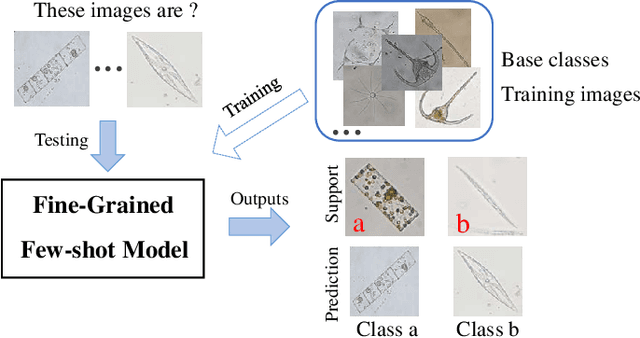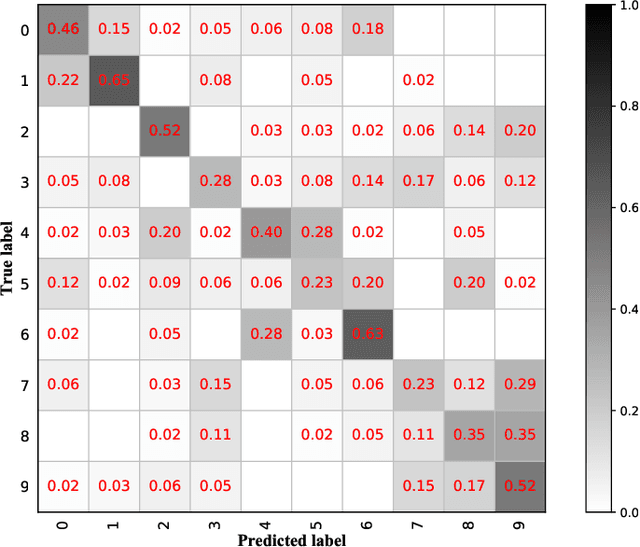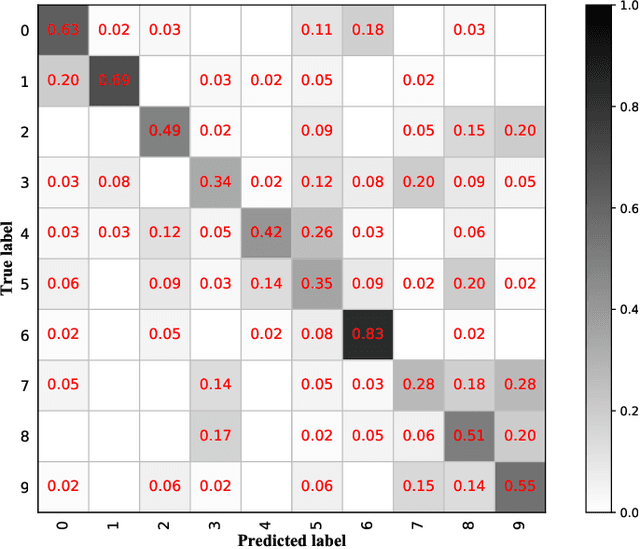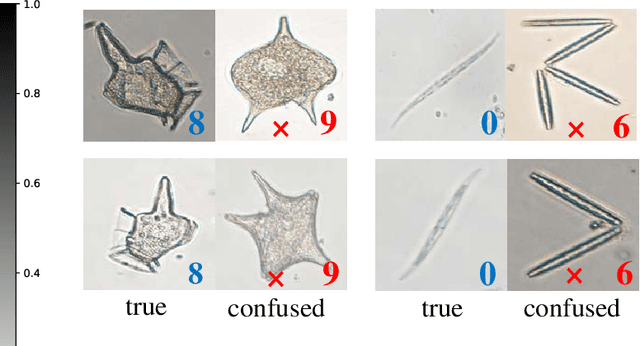Hongwei Xv
Multi-level Similarity Learning for Low-Shot Recognition
Dec 13, 2019



Abstract:Low-shot learning indicates the ability to recognize unseen objects based on very limited labeled training samples, which simulates human visual intelligence. According to this concept, we propose a multi-level similarity model (MLSM) to capture the deep encoded distance metric between the support and query samples. Our approach is achieved based on the fact that the image similarity learning can be decomposed into image-level, global-level, and object-level. Once the similarity function is established, MLSM will be able to classify images for unseen classes by computing the similarity scores between a limited number of labeled samples and the target images. Furthermore, we conduct 5-way experiments with both 1-shot and 5-shot setting on Caltech-UCSD datasets. It is demonstrated that the proposed model can achieve promising results compared with the existing methods in practical applications.
Few-shot Learning for Domain-specfic Fine-grained Image Classfication
Jul 23, 2019



Abstract:Learning to recognize novel visual categories from a few examples is a challenging task for machines in real-world applications. In contrast, humans have the ability to discriminate even similar objects with little supervision. This paper attempts to address the few-shot fine-grained recognition problem. We propose a feature fusion model to explore the largest discriminative features by focusing on key regions. The model utilizes focus-area location to discover the perceptually similar regions among objects. High-order integration is employed to capture the interaction information among intra-parts. We also design a Center Neighbor Loss to form robust embedding space distribution for generating discriminative features. Furthermore, we build a typical fine-grained and few-shot learning dataset miniPPlankton from the real-world application in the area of marine ecological environment. Extensive experiments are carried out to validate the performance of our model. First, the model is evaluated with two challenging experiments based on the miniDogsNet and Caltech-UCSD public datasets. The results demonstrate that our model achieves competitive performance compared with state-of-the-art models. Then, we implement our model for the real-world phytoplankton recognition task. The experimental results show the superiority of the proposed model compared with others on the miniPPlankton dataset.
 Add to Chrome
Add to Chrome Add to Firefox
Add to Firefox Add to Edge
Add to Edge